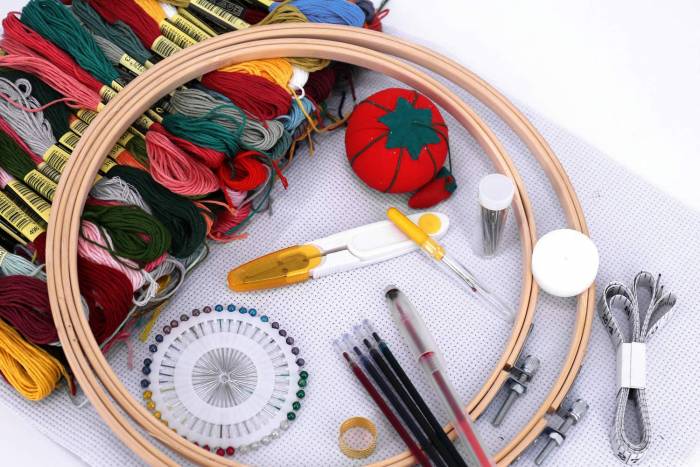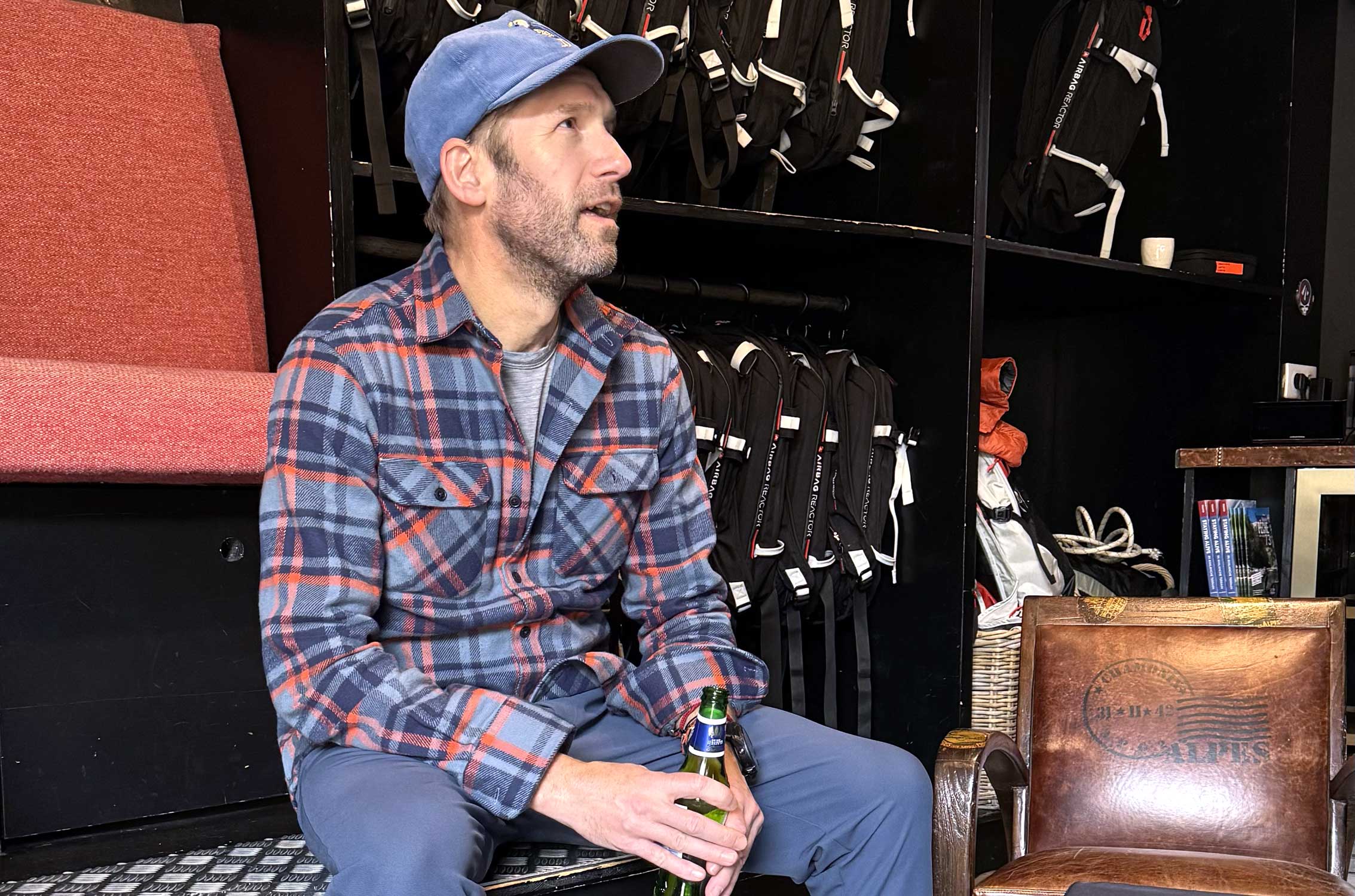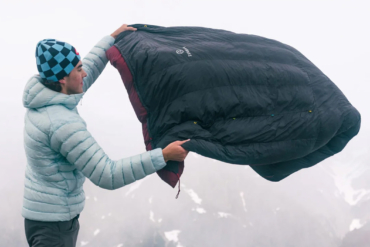A new trend encompassing an ancient tradition is environmentally sustainable, good for your wallet, and sentimentally stylish. Meet the art of visible mending.
My gear takes a real beating. Barbed wire slashes cover both jackets and pants from crossing fences and dealing with horses. My hunting and hiking habits take me into off-trail territory where briars and all manner of stains wreak havoc on delicate, high-tech clothing. And a wide-ranging and general klutziness lends more damage than anything.
Like most of us, I’ve taped up, thrown away, or donated more clothes than I’d like to admit, many of them storied favorites. No longer.

Enter visible mending. The latest trend in the crafting world offers us a new perspective on how to fix, repurpose, and beautify our well-loved and well-worn gear.
I nabbed some tips from expert mender and savior of broken clothes Evelina Kirgan of Satellite Repairs, and I tried my hand at upcycling a coat on its way to the donate pile.
Visible Mending, Explained

Rather than using stitching to render a hole or imperfection invisible, visible mending takes a fun and artful approach to flaws in garments. Many varieties of embroidery techniques, weaving, or darning are implemented in the process.
And patching with colorful and unique fabrics is a really common practice, as seen on the jacket above. Yet you don’t need to be an expert seamstress to try your hand at it.
“Once you get the fundamentals down, anyone can do it,” Kirgan explained.
As a professional mender, Kirgan employs a variety of techniques to artfully update her clients’ well-loved gear.
She uses traditional mending techniques in addition to foundation stitches, like the ancient arts of decorative sashiko mending and boro stitching for patching. But a straight stitch is something anyone can start with.
Necessities for an Aspiring Mender

I’m a bit of a crafting nerd, so I had a few needles and some embroidery thread tucked into a cupboard. When I ripped a pair of Wranglers, I simply took a shot at it and dug in.
But a basic embroidery kit ($15) is a great place to start. Or, if you’re all in, spend a bit more for an elaborate kit ($29). Kirgan also recommends the book “Mending Matters” for you bibliophiles out there.
Before owning her own business, she spent 6 years in the in-store repair department in Patagonia SoHo. The store didn’t have a ton of new materials to work with, so she learned to make do with what she had.
“If you have clothes that are totally trashed that you feel like you want to throw away, use those materials for scrapping and other things,” Kirgan said. “We had some new fabrics to use, but mostly we scrapped clothes. That was a good takeaway for me.”
These days, Kirgan sources a lot of her in-house materials by thrifting and finding secondhand options.
Fixing a Favorite Piece of Outdoor Gear

My Patagonia Micro Puff Hoodie has seen its share of good times that were also hard times. An excited jump from my border collie gave it a hole in the sleeve. Some very pink and wet paint caught my hip in a clueless accident. And a small coffee stain sat proud and dark on my chest. I started to feel like a well-clad and warm dirtball when I wore it in public.
Because the fabric is so delicate, I waited for my embroidery hoops to come in the mail to take a more stable stab at it. And I figured that a bunch of little pine trees might be a fun addition to a jacket that is a go-to for woodsy moments.
My first tree on the sleeve proved to be a little rough, but each tree got progressively better. I used a few different shades of green, that fundamental straight stitch, and voila – my old jacket became new again. I even added a few extra trees for the fun of it.
It took about one apricot La Croix and four episodes of “The Office” to complete. Not bad.
Final Thoughts

I’d be lying if I said I’m not wishing more destruction onto my current clothes. My serious donation habit of slightly destructed gear is about to get a serious curbing, and I’m wishing I’d kept a few sacred garments I parted with Marie Kondo-style once they were past a usable point.
“You don’t have to retire those things just because they break down a little bit,” Kirgan told me. And her advice rings true.
Like any craft, things get better with time and effort. But even my first two projects look better than before.
If you have gear that seems past its prime, I highly recommend giving visible mending a try, either by commissioning a piece by pros like Evelina or trying your own hand at an artful mend. I’m pretty sure you won’t be disappointed.







